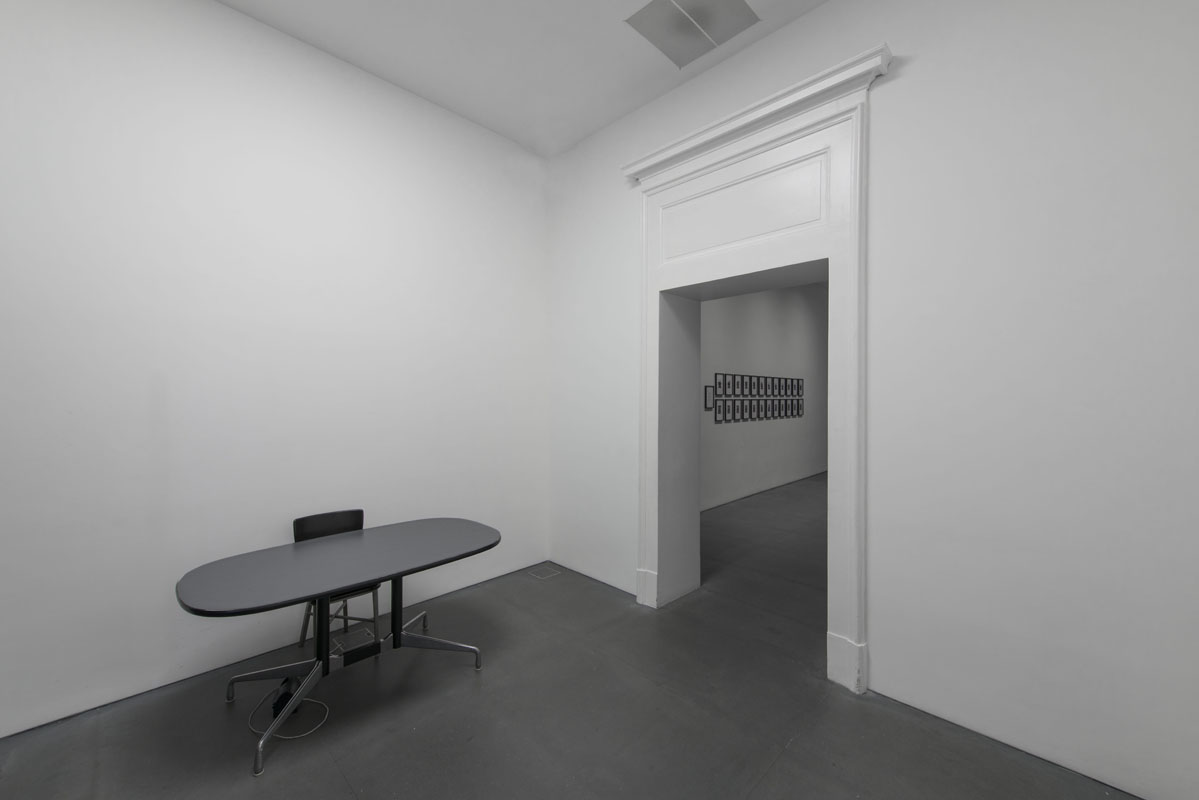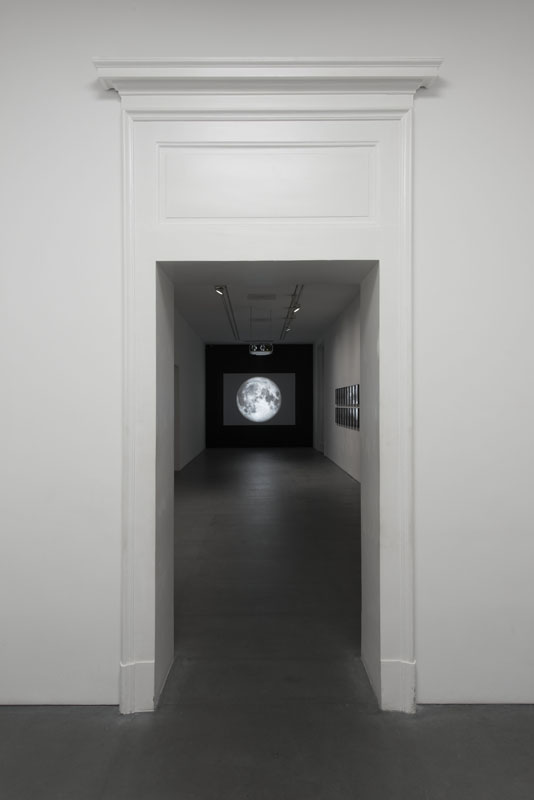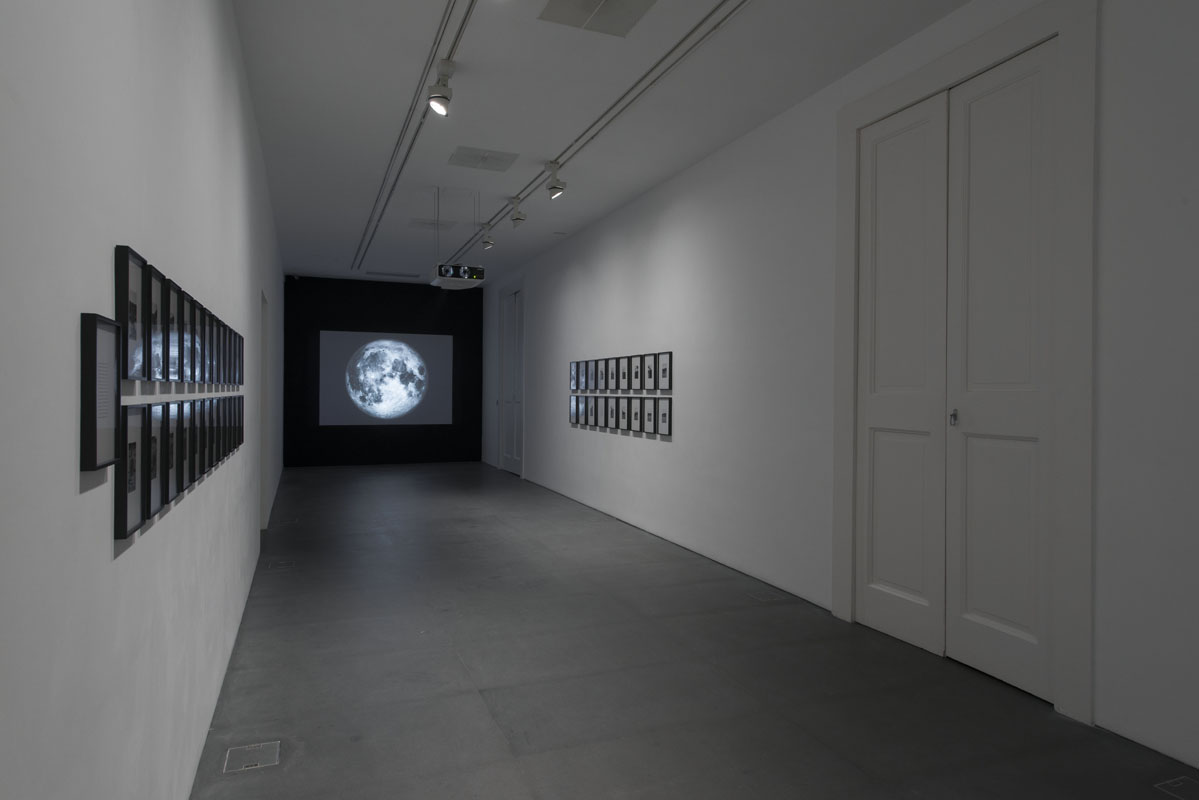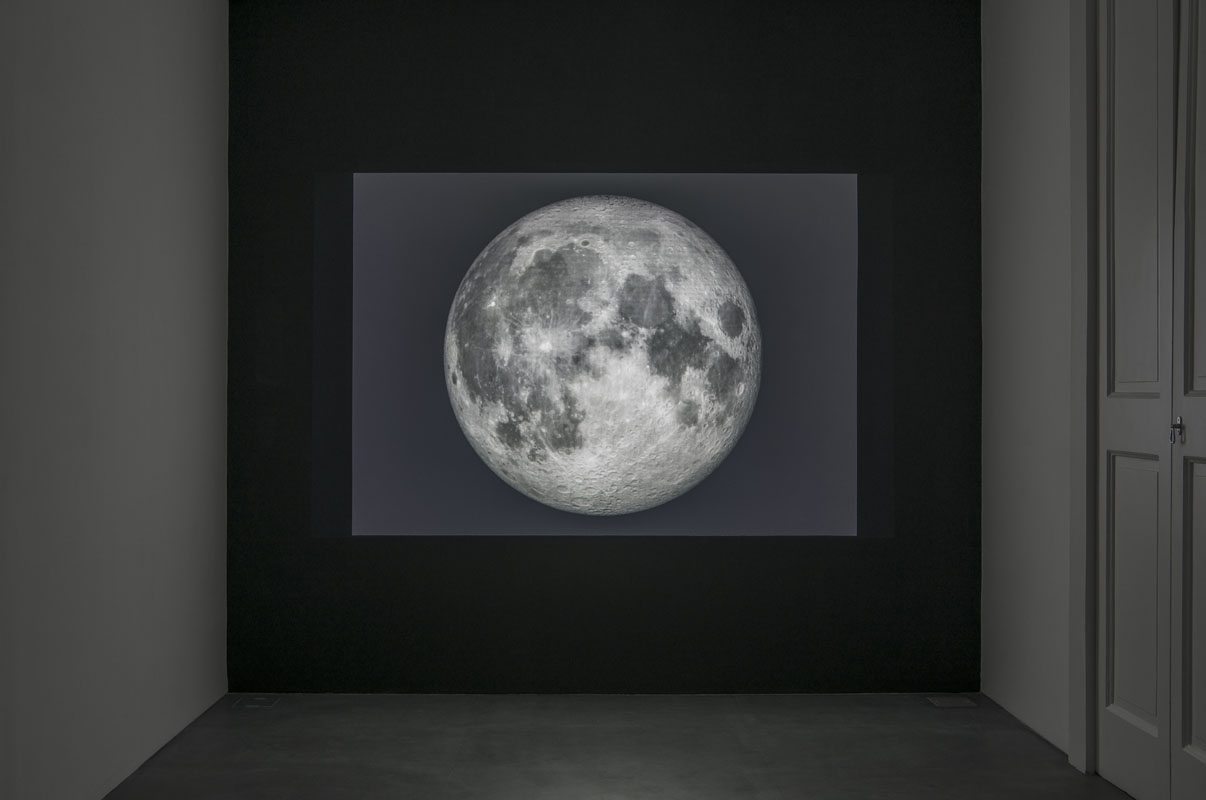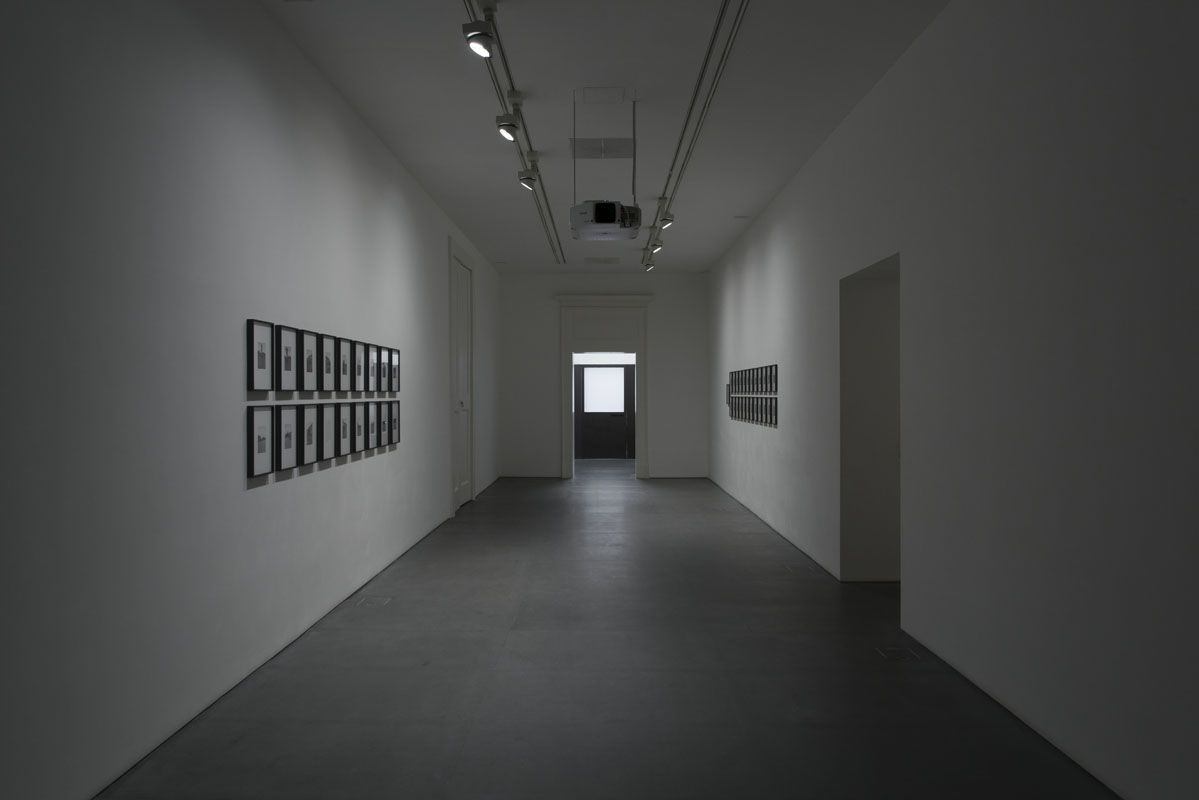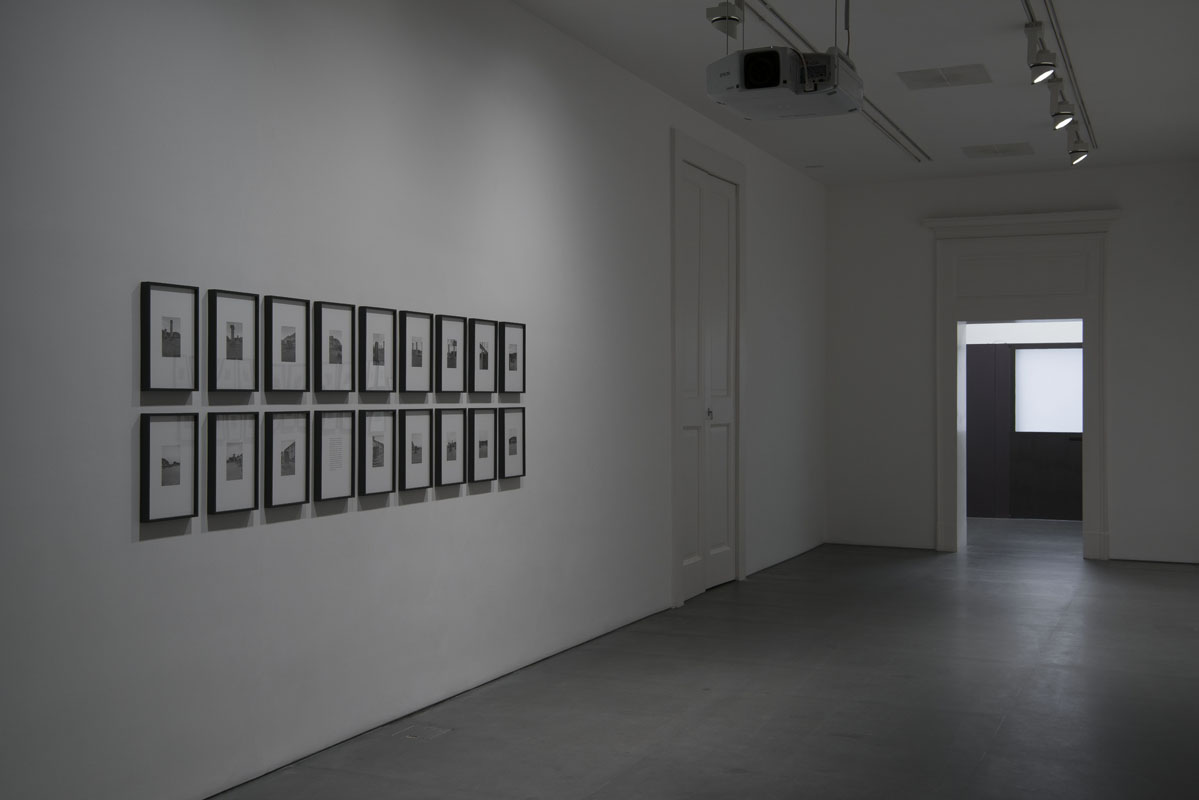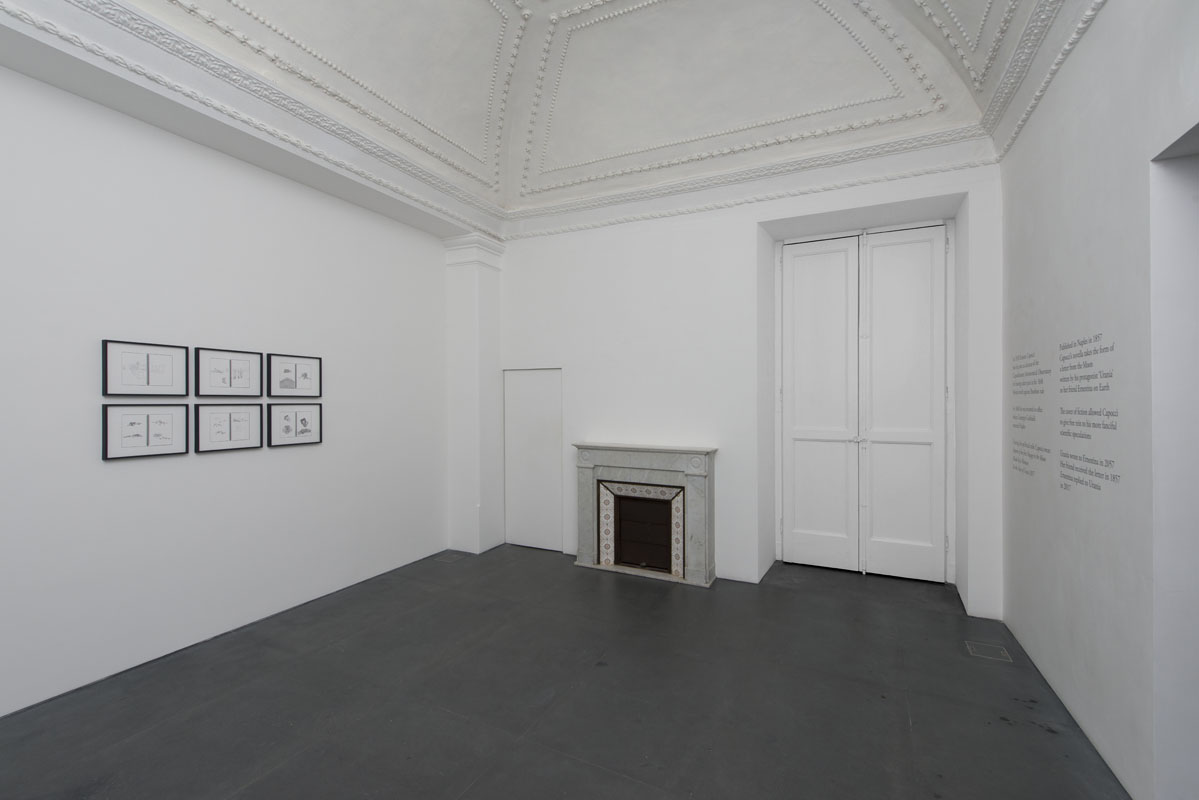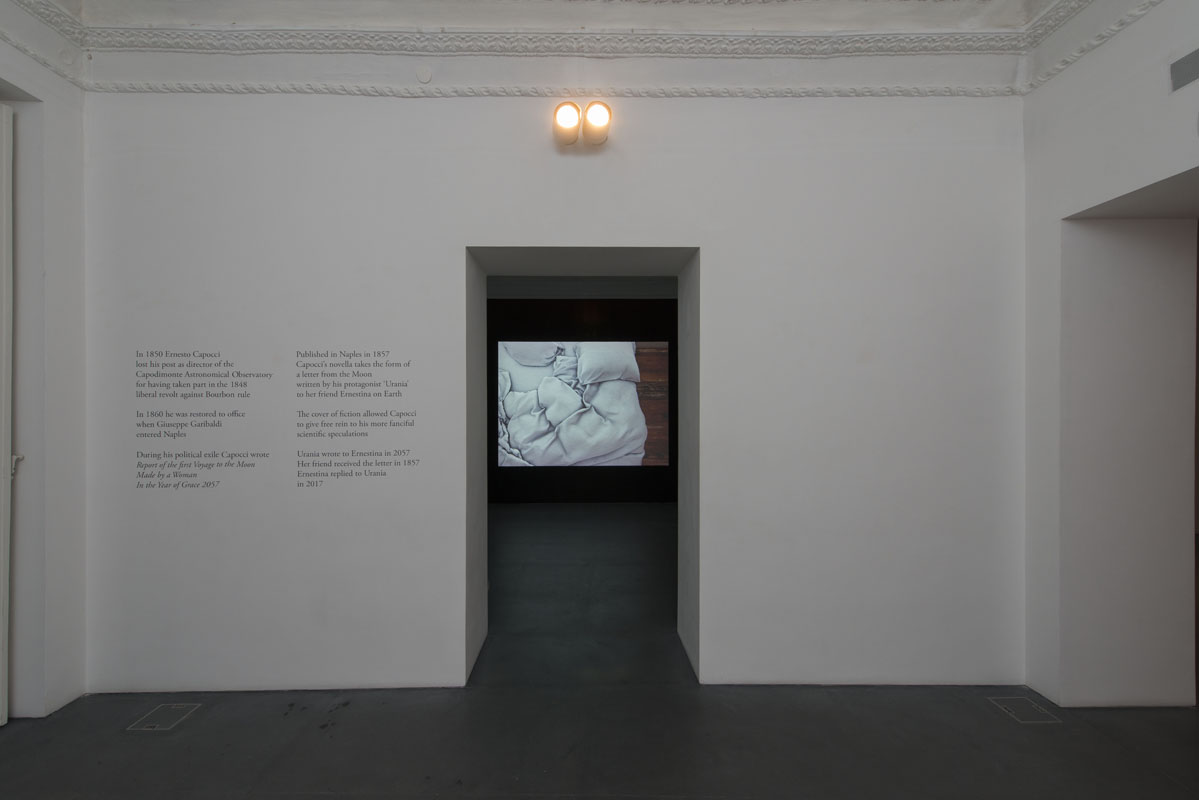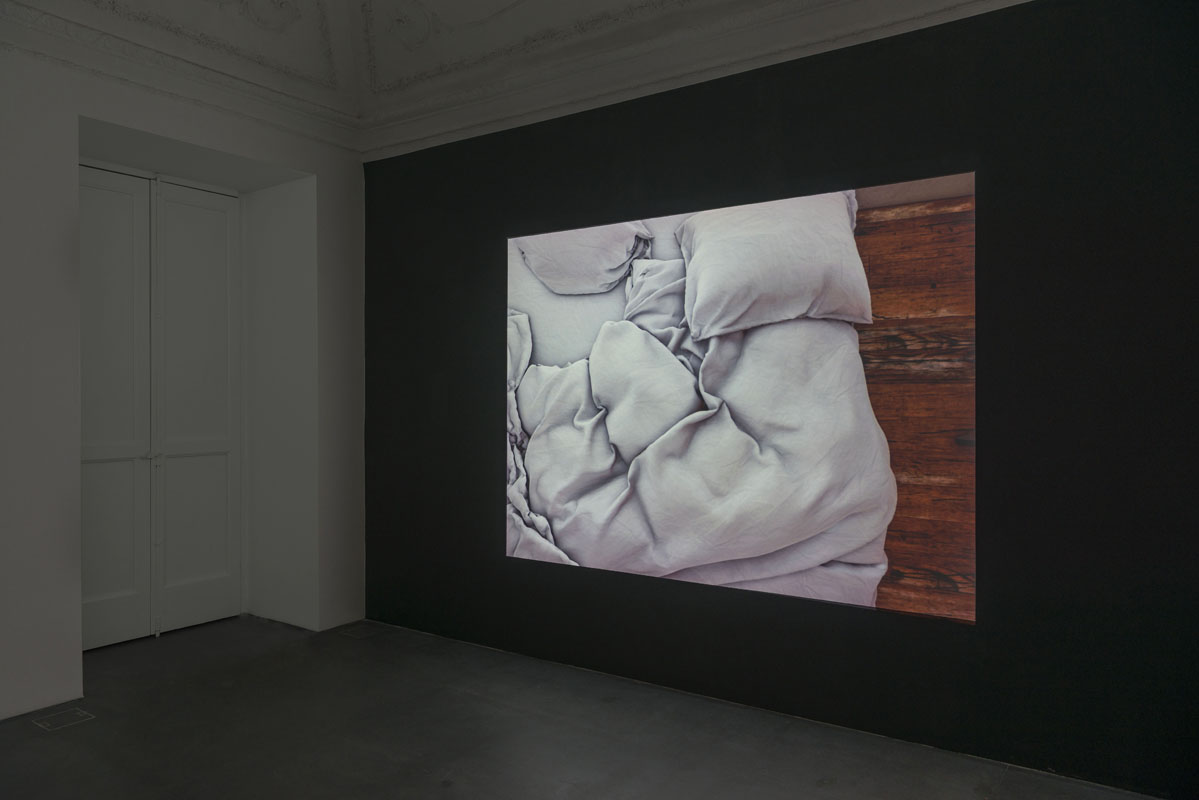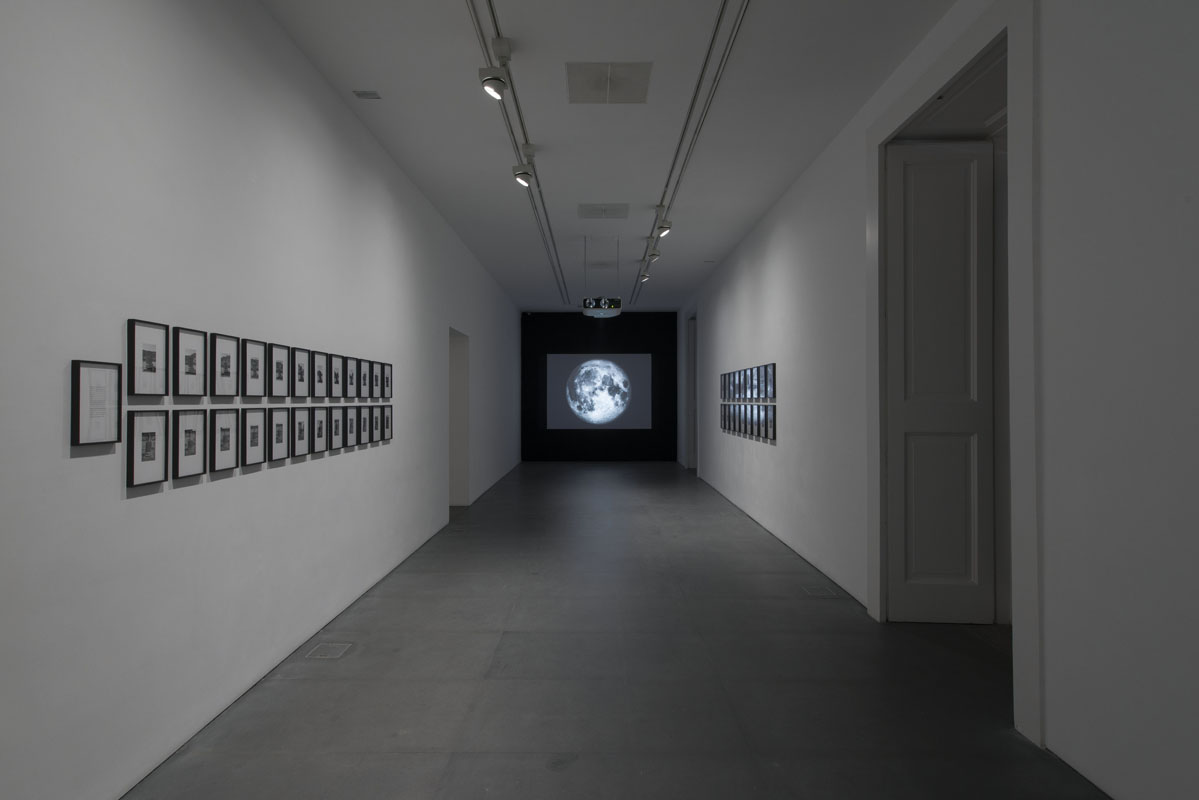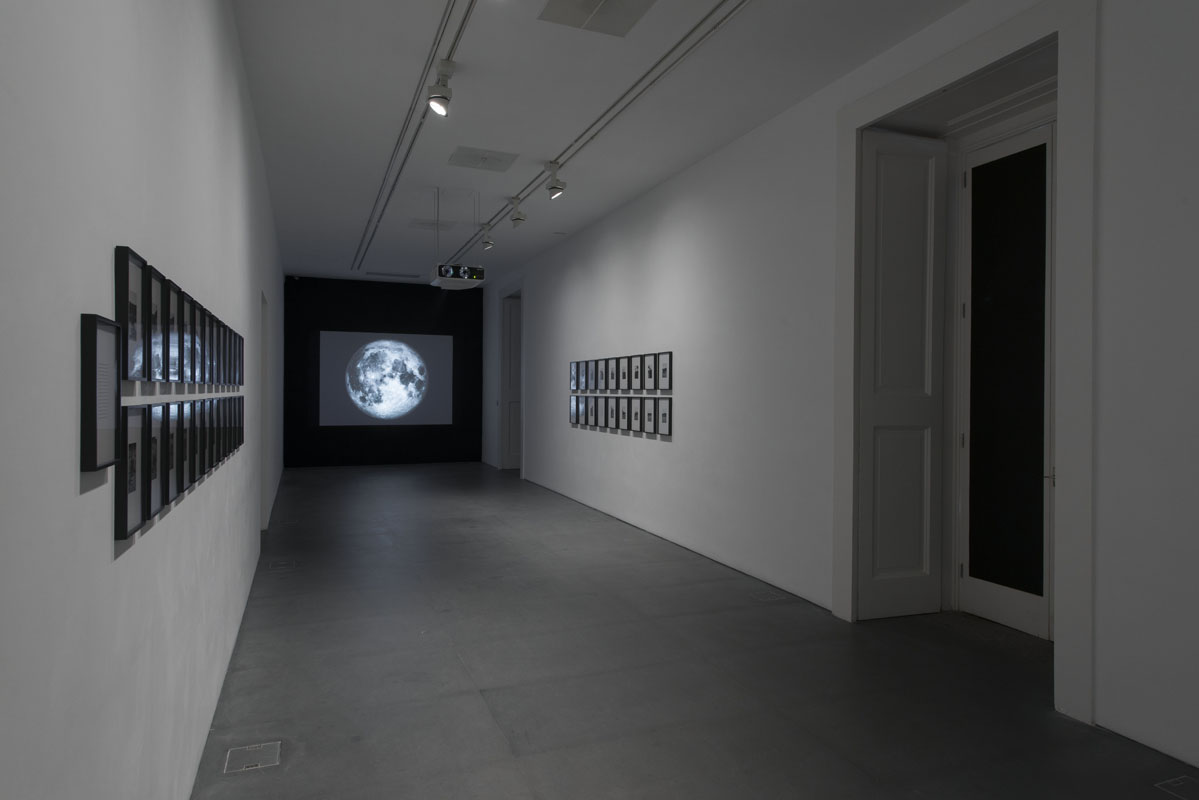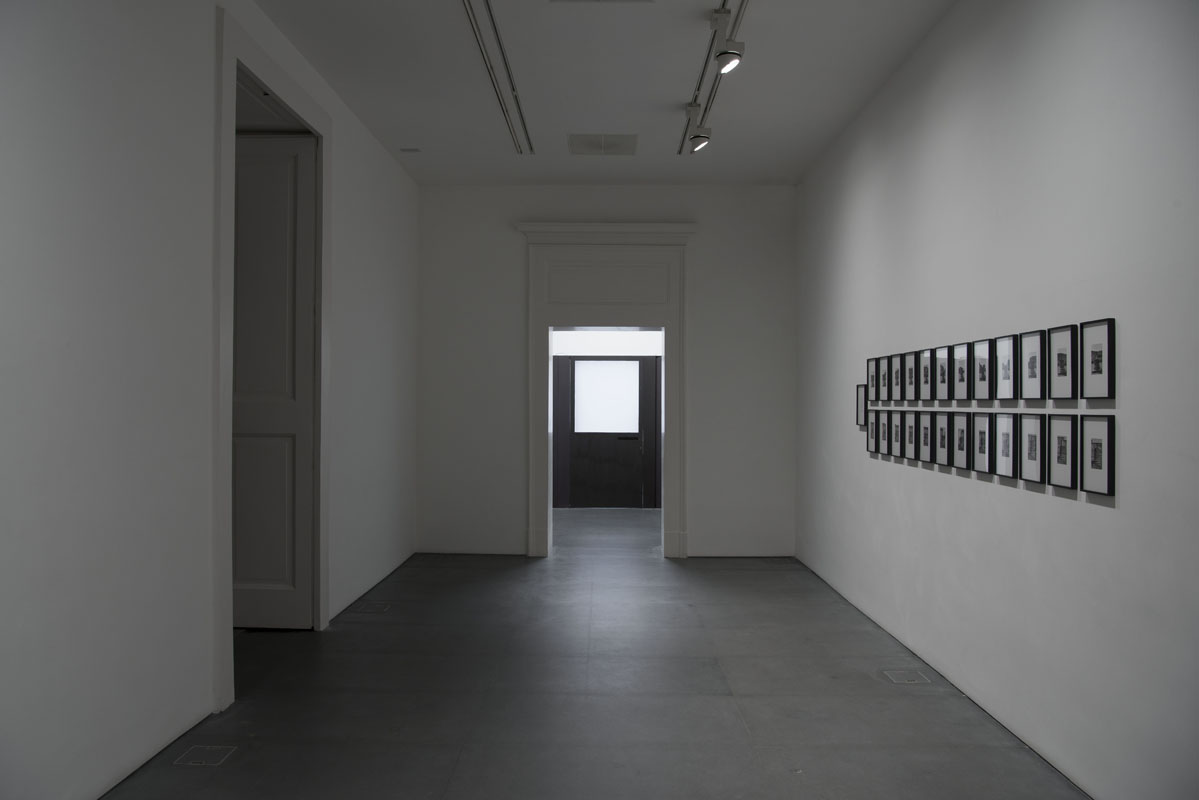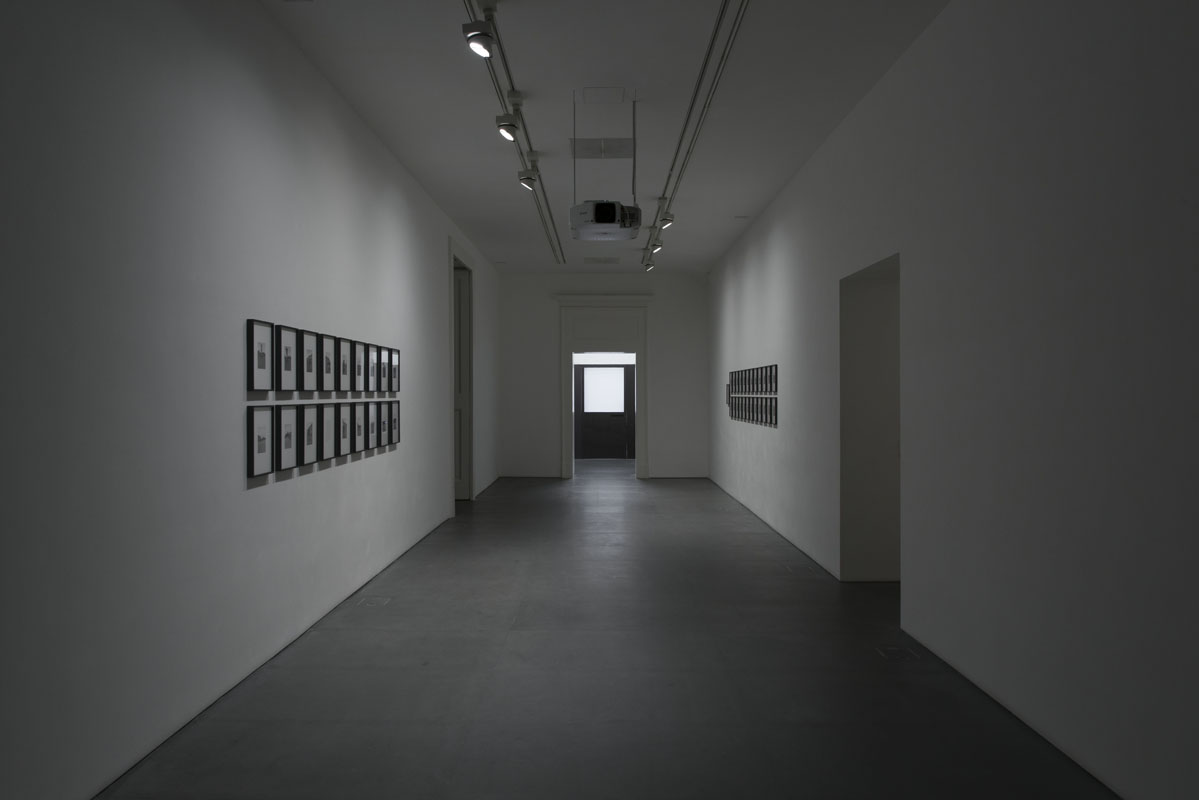Galleria Lia Rumma is pleased to announce Dear Urania, a solo exhibition by Victor Burgin, which will open on Sunday, October 16th, 2016 in the Neapolitan gallery space.
Artist and academic, author of fundamental essays on photography and art theory, Burgin is an undisputed master of conceptual art. In the seventies, his work investigated the relationship between image and text (Galleria Lia Rumma, Naples, 1972) and from there he went on to examine the complex area between still and moving images. His work explores the nature of the image, but also picks out the dominant aspects of its representation. His most recent projects are made using software for creating virtual games, a medium that allows him to take the image to a state in which it is essentially virtual. As he has often pointed out, his exhibitions are a response to the places and cities to which he is invited and to the inspiration and mental associations that come from them.
For Dear Urania in particular, the inspiration comes from a short pamphlet called Report on the First Voyage to the Moon Made by a Woman in the Year of Our Lord 2057, written in 1857 by the mathematician and astronomer Ernesto Capocci di Belmonte (1798-1864), director of the newly built Capodimonte Astronomical Observatory in 1833. He was removed from his post in 1850 for having taken part in the 1848 liberal revolution against Bourbon rule. Capocci was restored to office in 1860, when Garibaldi arrived in Naples, and remained director of the observatory until his death in 1864. In the pamphlet – which, it is worth pointing out, predates the highly imaginative and far more famous pages by Jules Verne – the protagonist, Urania, writes a long letter from the Moon to her friend Ernestina on Earth, with “the most bizarre details of this wonderful voyage”.
Dear Urania is a “reaction” to this letter. In an intricately allusive multiplication of space-time, gliding between the past and near future, between Naples and America, and from the Moon to the Earth and back, Burgin does not simply transcribe the content of Ernestina’s letter, but rather imagines the circumstances in which it was written. There are two videos, one showing the various phases of the Moon, and the other Ernestina’s words. These appear in the form of intertitles, alternating with the movement of the camera in an almost empty loft. The videos are accompanied by Pagine dallo Sketchbook di Ernestina Capocci and two series of photographs, (Basilica I and Basilica II), which suggest an analogy between the lunar landscape and that of Pompeii.
